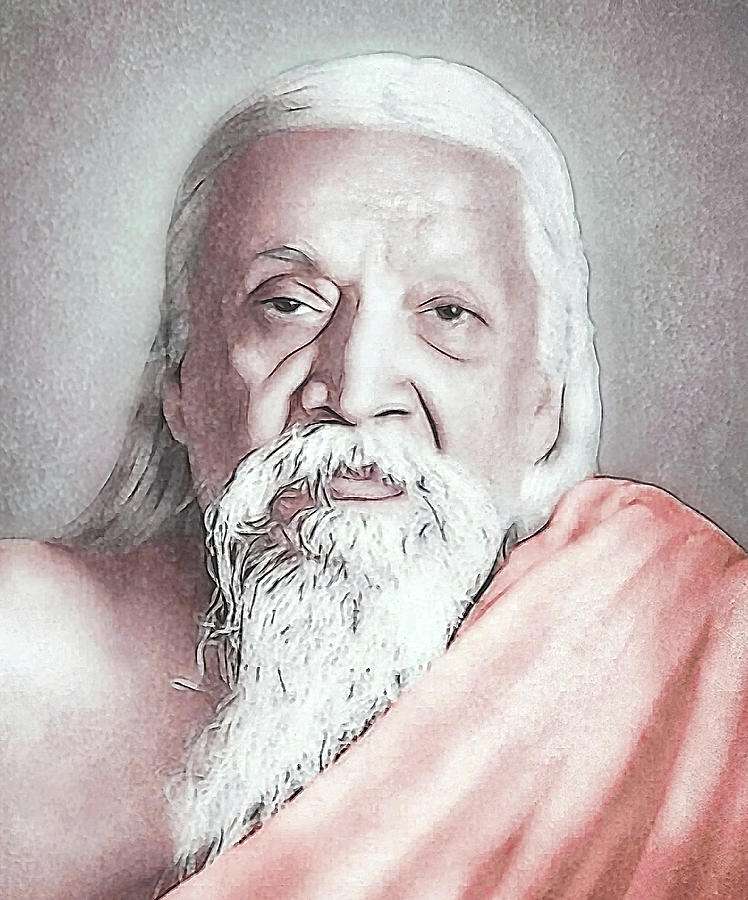Yogi and Samadhi: A Journey to Inner Enlightenment
In the realm of Eastern spirituality, particularly in Hinduism and Buddhism, the terms “Yogi” and “Samadhi” hold profound significance. A Yogi is an individual who has dedicated their life to the pursuit of spiritual enlightenment, while Samadhi refers to the state of ultimate consciousness and union with the divine. Here, we will delve into the concept of Yogi and Samadhi, exploring their meanings, significance, and the journey that leads to this ultimate state of inner enlightenment.
Who is a Yogi?
A Yogi is an individual who has embarked on a spiritual journey, seeking to unite their individual consciousness with the universal consciousness. The term “Yogi” is derived from the Sanskrit word “Yuj,” meaning “to unite” or “to join.” A Yogi is one who seeks to join their individual self with the ultimate reality, transcending the limitations of the material world.
A Yogi’s journey is marked by discipline, self-awareness, and a deep longing for spiritual growth. They engage in various spiritual practices, such as meditation, yoga asanas, pranayama, and study of sacred scriptures. The ultimate goal of a Yogi is to attain Self-realization, or the direct experience of their true nature.
What is Samadhi?
Samadhi is the state of ultimate consciousness, where the individual ego dissolves, and the Yogi merges with the divine. It is a state of profound meditation, where the mind is completely absorbed in the object of contemplation, and the boundaries between the self and the universe dissolve.
Samadhi is often described as a state of ecstasy, where the Yogi experiences a sense of timelessness, spacelessness, and causality. It is a state of pure awareness, where the Yogi is aware of their true nature, and the ultimate reality.
The journey to Samadhi is a gradual one, requiring dedication, discipline, and self-awareness. The Yogi must first prepare themselves through the practice of yoga asanas, pranayama, and meditation. As they progress on their journey, they must cultivate the qualities of self-awareness, self-discipline, and self-surrender.
The Yogi must also develop a deep understanding of the nature of reality, and the ultimate goal of human existence. This understanding is gained through the study of sacred scriptures, such as the Upanishads and the Bhagavad Gita.
As the Yogi progresses on their journey, they will encounter various obstacles and challenges. They must learn to overcome these obstacles through the cultivation of qualities such as patience, perseverance, and detachment.
The concept of Yogi and Samadhi represents the ultimate goal of human existence: the attainment of spiritual enlightenment and union with the divine. The journey to Samadhi is a gradual one, requiring dedication, discipline, and self-awareness.
Through the practice of yoga, meditation, and self-inquiry, the Yogi can cultivate the qualities necessary to attain Samadhi. As they progress on their journey, they will experience a deep sense of peace, joy, and fulfillment, and will ultimately attain the state of ultimate consciousness, where they merge with the divine.
Yogi and Samadhi offers a profound message for humanity, reminding us of our true nature, and the ultimate goal of human existence. As we embark on our own spiritual journey, may we be inspired by the example of the Yogi, and may we ultimately attain the state of Samadhi, where we merge with the divine.


Leave a Reply